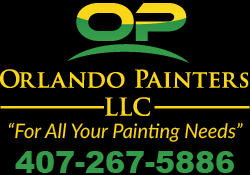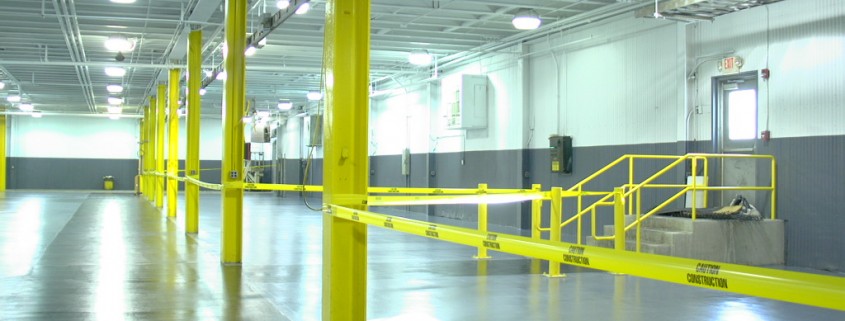Industrial Painting 101: Types of Paint Jobs
Industrial painting is just as important as commercial or residential paint projects, though the process and application varies slightly. There are many types of paint jobs, all of which have their own processes and specifications to follow.
Tanks and Silos
If the exterior of your tanks and silos is degrading, a new paint job can help stop rust and corrosion dead in its tracks. Speciality coatings can be applied to both the inside and outside of the tanks to protect and extend their lifespan. If it is the inside of your tank that is causing a problem, it’s more than an aesthetics issue; there is always a risk of contamination as the interior wall chemicals can seep into or become mixed in with whatever material is being stored in the silo.
Machinery
Machinery paint can fail for a number of reasons, including:
- Harsh environmental conditions
- Extreme temperatures
- Moving mechanical parts wearing the paint off
- Primer and/or finish coating not applied to its specified thickness
- Wrong primer applied
- Wrong finish coating applied
- Improper thinning down of coating
Though paint finishes have little to do with the functionality of industrial machinery, when the paint starts to flake, chip, or wear off, it can be unpleasant to look at. When this is visible to the public, it can suggest negativity to customers. When machine paint is kept looking sharp, it tells customers the business cars about cleanliness and safety, thereby boosting their overall business image.
Floor Coatings
Epoxy floor coatings are found in many food distribution centers, manufacturing plants, and warehouses all over the country. Epoxy is strong, durable, and highly resistant to chemicals, but the epoxy coating is only as good as the team of people who apply it. Surface preparation is critical to the success of an epoxy coating, as if the surface is not ready, the coat will simply lift and peel.
Floor stripiing is also important, as many areas need lines drawn for traffic, safety guidelines, and general use. When applied correctly, the striping can withstand heavy foot traffic, as well as traffic from heavy machinery such as forklifts and pallet jacks.
Pipes
Pipes, much like industrial machinery painting may not affect the functionality (depending on the type and purpose of the pipe), but should be kept painted accordingly. Proper paint and coatings will not only extend the life of pipes, but will ensure they function correctly. Certain pipes must be color coded to meet industry guidelines, and certain pipes must be treated with specific types of cleaners and paints, such as in the case of food service, to ensure compliance with safety guidelines.
Transportation and Equipment
Painting for transportation, such as airplanes and trains, and special equipment is not only necessary for aesthetic appearance, but also to the functionality and lifespan of the equipment. If the equipment is degrading because of rust and corrosion, painting it and applying the correct coating can restore the core structure, while also protecting it for years to come.




